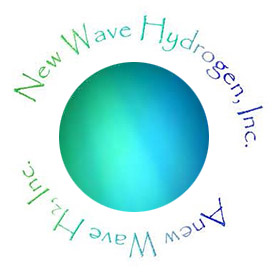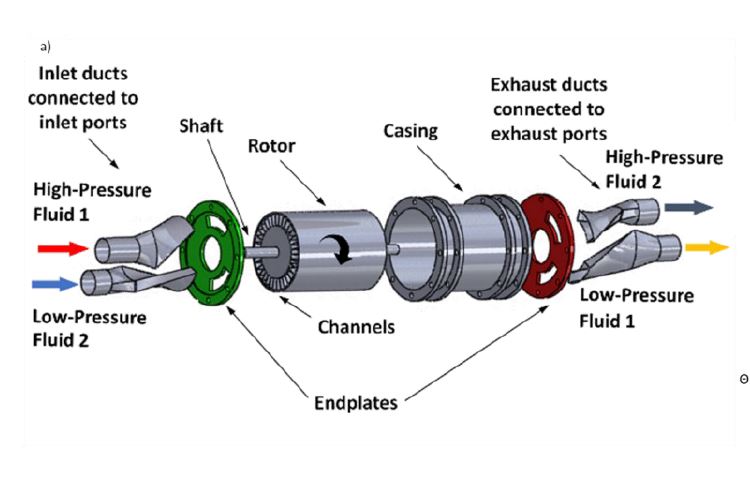To ensure access to sustainable, affordable, reliable, and clean energy for all, the energy sector must be transformed. Hydrogen offers an excellent potential to replace much of the fossil fuel use. At present, the main methods of hydrogen production typically release a non-negligeable volume of greenhouse gases (GHG) either directly via fossil fuel transformation or indirectly through power generation. In addition, hydrogen production commonly requires a significant consumption of fresh water. Indeed, steam methane reforming (SMR) which is the most common hydrogen production process, involves a high-temperature process in which steam reacts with a hydrocarbon fuel to produce hydrogen [1]. Alternatively, electrolysis splits hydrogen from water using electricity [2]. In contrast, Wave Reforming, a patented method by New Wave Hydrogen Inc. (NWH2), introduces an innovative concept for hydrogen conversion [3] using shock wave heating in a wave rotor device. The concept is based on a well-known process, methane pyrolysis, and an existing technology, a wave rotor, to produce hydrogen and easily separable solid carbon. The reformer utilizes the high pressure present in the natural gas supply infrastructure and thus, requires little change to existing energy or water supplies.

